The car was called the Premier, but really it signalled the ending.
This saloon, introduced in 1987, was the last car to be produced by American Motors (AMC), long the valiant underdog of the US motor industry — or, as Fortune magazine once put it, "a small company deft enough to exploit special market segments left untended by the giants".
AMC had been formed by a pair of smaller brands with the intention of competing with the 'big three': Chrysler, Ford and General Motors.
Nash and Hudson had been big players before the war, but in 1954 they had to merge in order to compete; even together, they took only around 4% of the US's burgeoning new car market.
The two names were dropped in 1958, with AMC consolidating them into Rambler, the name taken from a compact model that had until then been sold as both a Nash and a Hudson. Compact cars quickly solidified as the company's focus.

AMC as a brand in its own right came about in 1966, with the renaming of the Rambler Ambassador to the AMC Ambassador. This was done because Rambler had an 'economy' image, while AMC had a desire to push its models upmarket.
The company continued to make steady progress, before expanding its portfolio with the acquisition of Kaiser Jeep in 1970 — a shrewd move.
This was a high point for AMC. The oil crisis pushed people into economy cars, the brand had individual, attractive models such as the AMX and Javelin sports cars, the Pacer wide-body hatchback and the before-its-time Eagle crossover, while the Jeep brand was turning a decent profit.
However, by 1978, AMC was struggling and no longer had sufficient funds to develop new models, so it sought a partner. It ended up in bed with Renault, which, while enormously popular in Europe, had only a minuscule market share in the US.

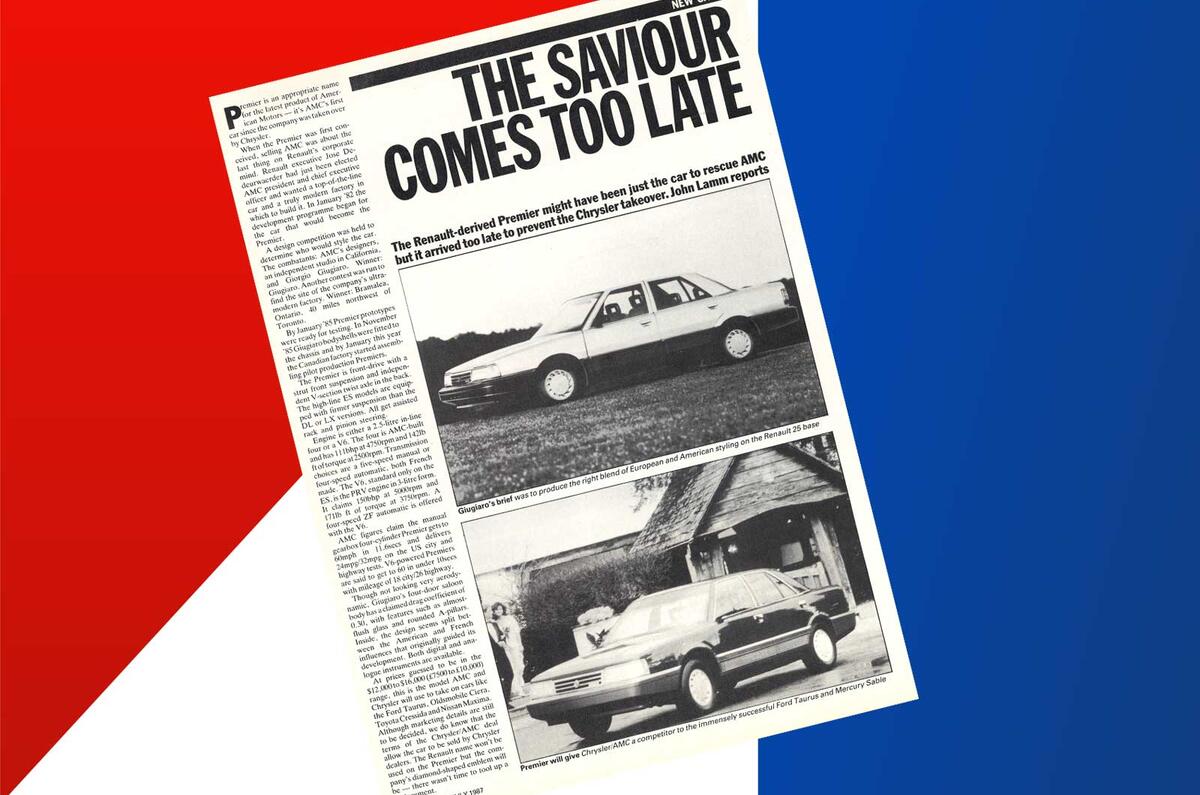
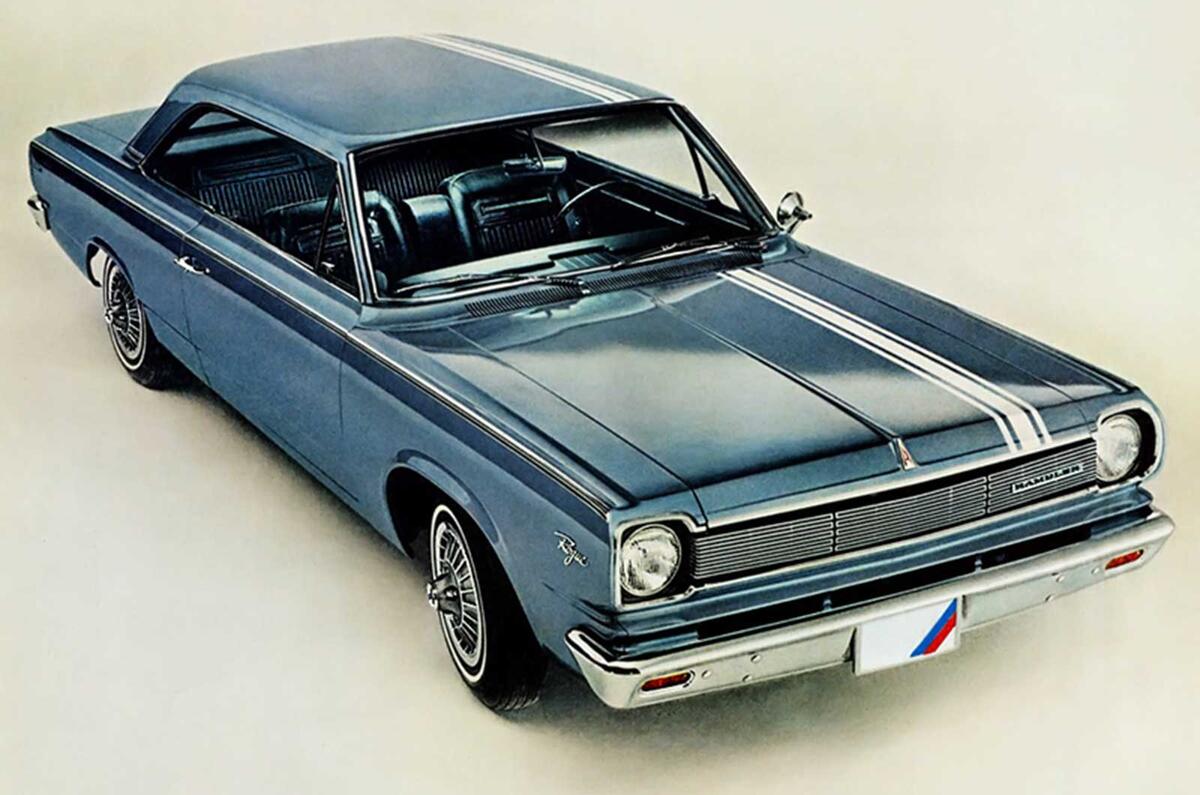
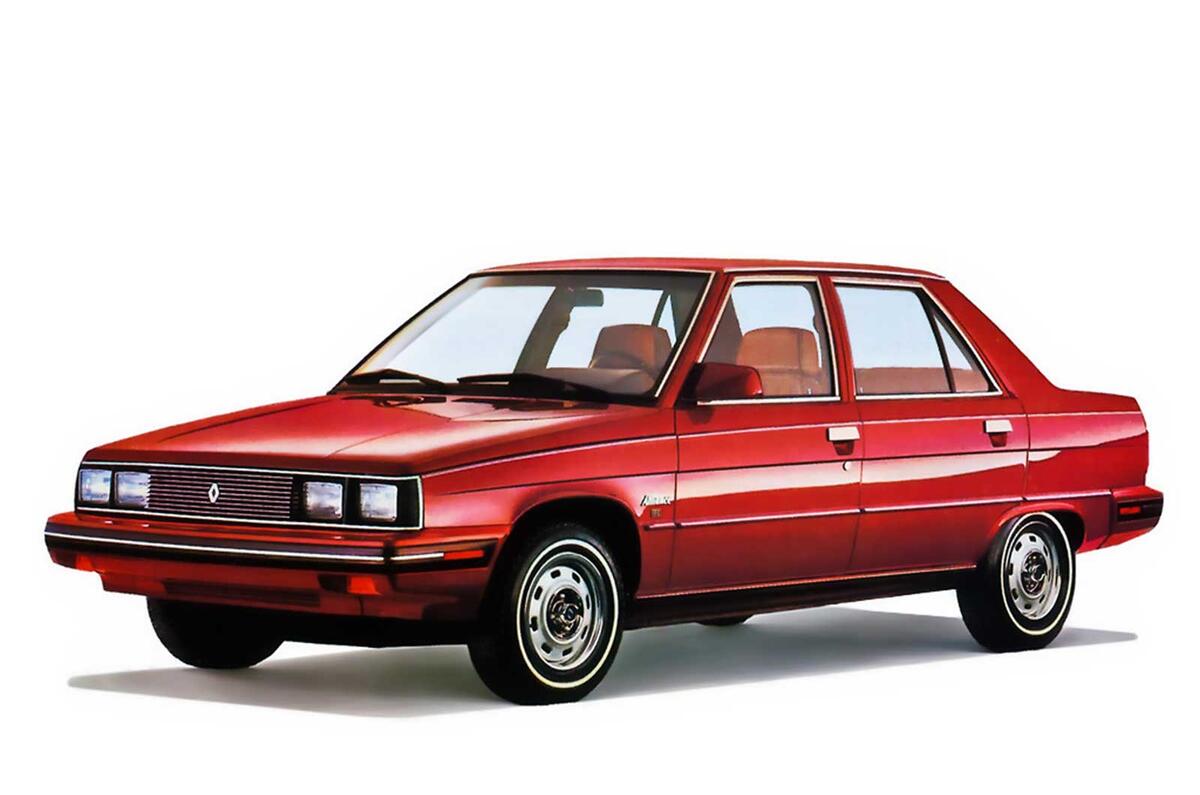
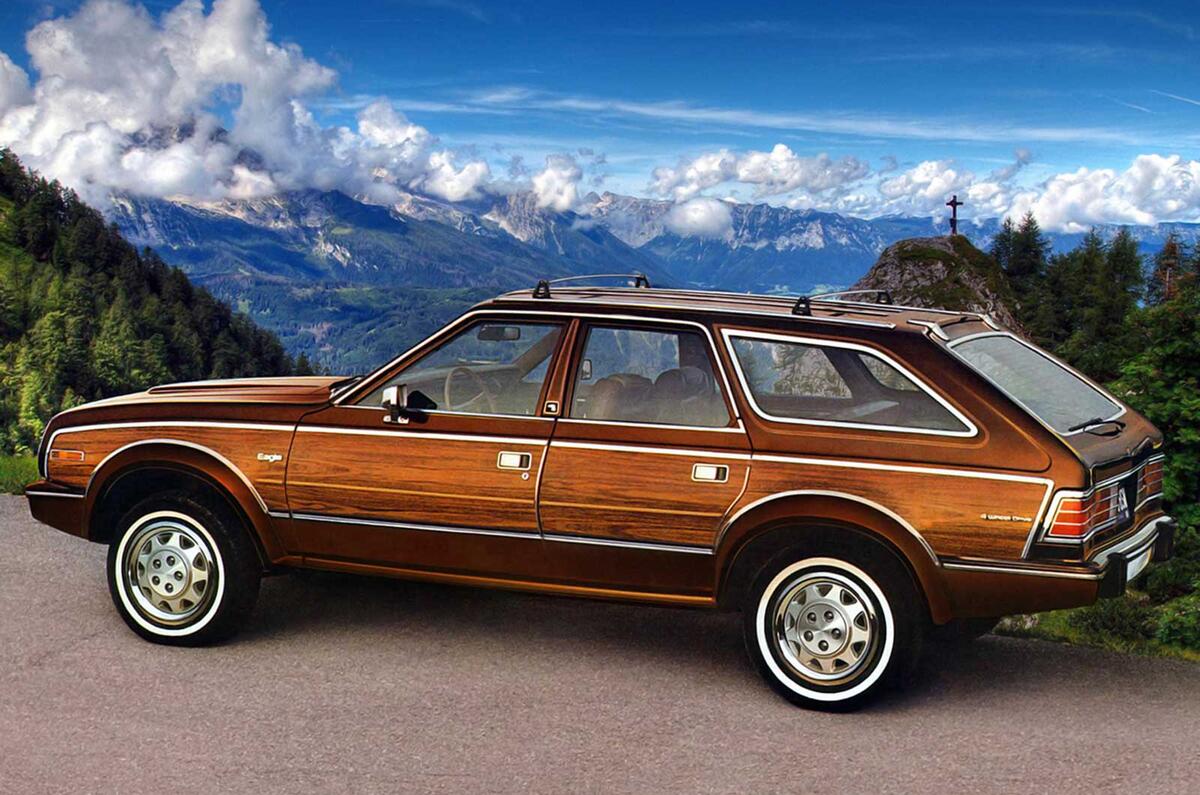
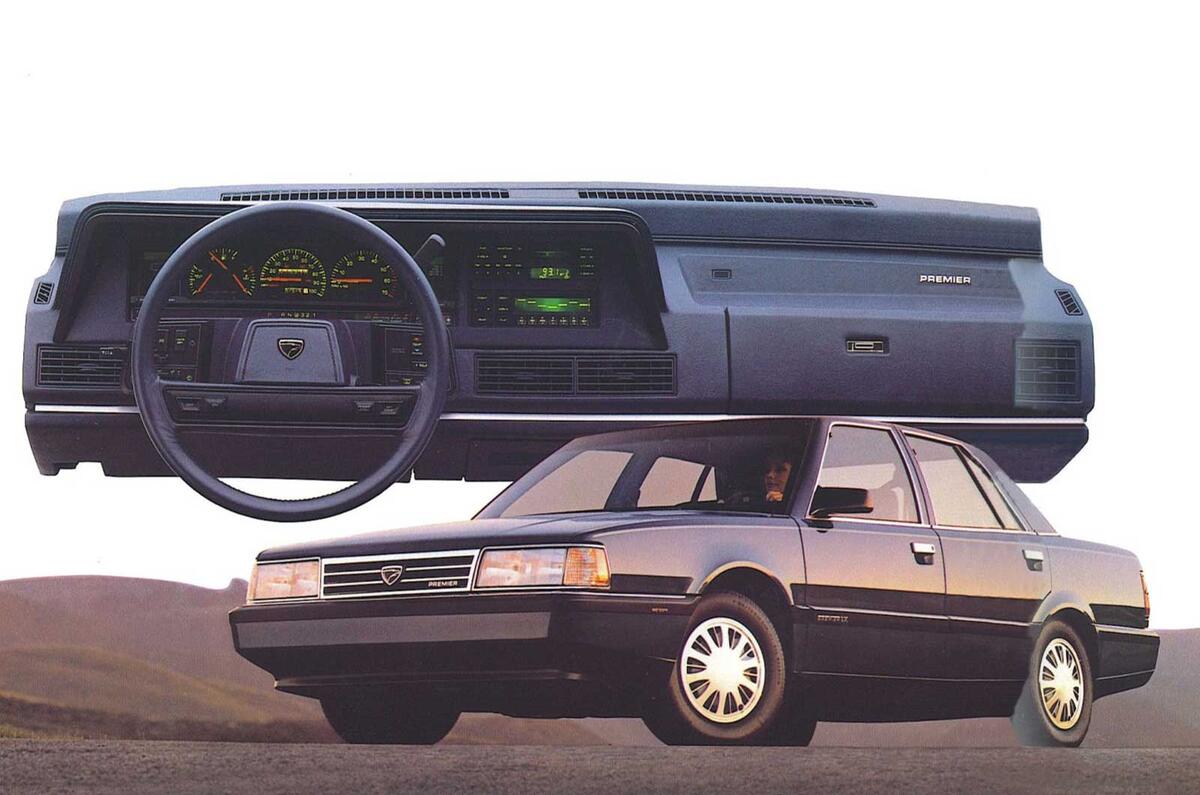
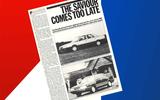

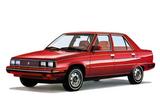
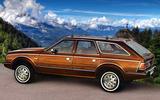







Join the debate
Add your comment
Not the end of the story. The
Not the end of the story. The Premier platform served as the basis of the LH platform, the cab-forward 90s platform that "saved" Chrysler (or at least stay of execution) with the Concorde, LHS etc.
Superceded by the LX platform, components of which were shared with Mercedes E class. And with the SUV craze in full swing, it looks like the last Chrysler saloon, the 300, will be axed stateside by FCA. There ends the saloon lineage.
Interesting read, that...
I enjoy these throwback articles, please keep them coming.